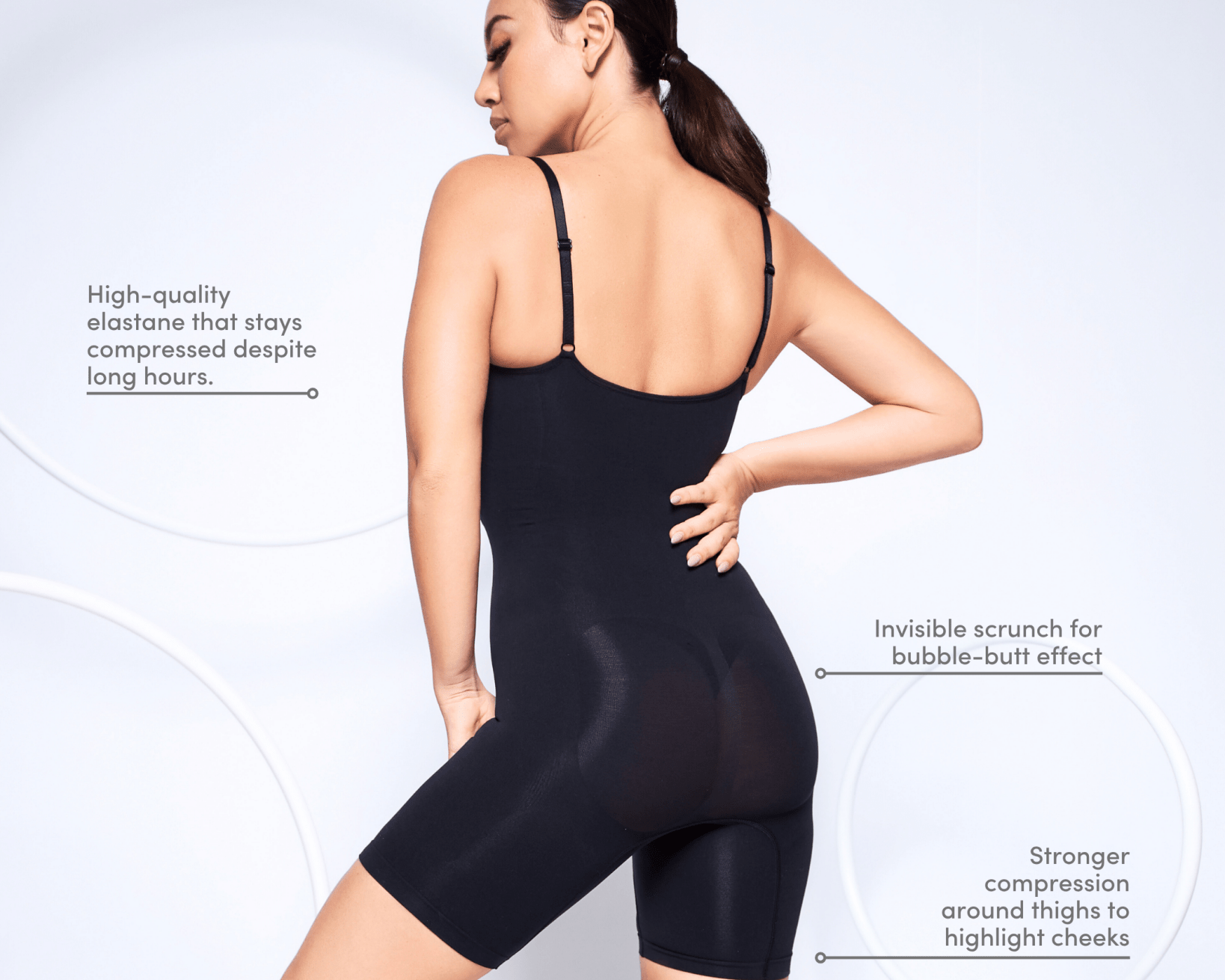
We’re all familiar with body mass index (BMI). To refresh your memory, it’s a simple method of measuring body fat.


Source: Body Mass Index
The World Health Organisation’s guidelines (WHO) defines an obese person as having a BMI of 30 or more, while those who are overweight have a BMI of more than 25.
Asians generally have more body fat compared to Caucasians—this puts them at a higher risk of developing diabetes and heart disease at a BMI of 23.
Don’t be Fooled
On the flip side, BMI is wildly inaccurate and shouldn’t be trusted 100%.
Here’s why it’s problematic: BMI doesn’t distinguish between body fat, muscle mass, and bone density. You could have a healthy BMI but have unhealthy levels of body fat!
As we age, it’s natural for your muscle mass to drop while your fat mass rises. It’s plausible your BMI won’t change because your overall weight remained the same.
That’s a simplified explanation why you shouldn’t rely solely on your BMI to gauge body fat and obesity level. Instead, you should use a variety of other methods to gauge body fat and obesity level.
The best part? These methods don’t cost a thing and they’re just as simple to calculate!
1. Waist Circumference
Your waist size tells you more than just which waist trainer size to get. It’s also an indicator of your abdominal obesity!

Abdominal obesity is the amount of extra fat stored around your midsection. It’s important to know what your waist size is because it’s strongly correlated with body fat in adults.
Here's how to measure your waist!
Done measuring yourself? You can refer to the table below to see which group you belong to:
Downsizing your waist trainer is also a good indicator that you’re losing abdominal fat. If your goal is to lose weight, remember to waist train regularly so you can downsize.
2) Waist-to-Hip Ratio (WHR)
This is another great way of measuring your abdominal obesity because of its correlation with body fat and its ability to predict disease development.
If your WHR is more than 0.8, this could mean more fats are distributed around your abdomen. This puts you at greater risk of developing diabetes, heart disease, and stroke.
Measure Yourself Regularly
If you’re waist training, be sure to track how many inches you lose at your waistline. Remember that downsizing is a sign you’re losing abdominal fat so aim to downsize if your goal is to lose weight.
Ready to downsize? Click here to view our waist trainer collection.
Regardless if you’re waist training or not, the bottom line is you should know what your BMI, waist circumference, and WHR is. This will give you a more complete picture of your overall body fat and obesity level!
















